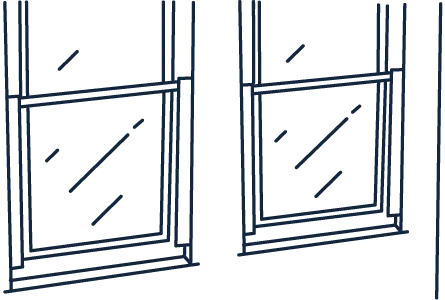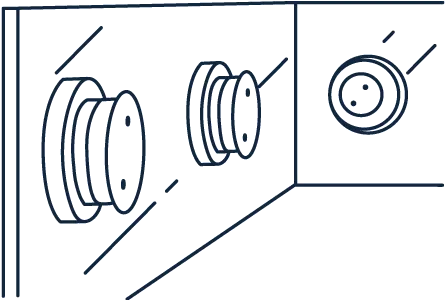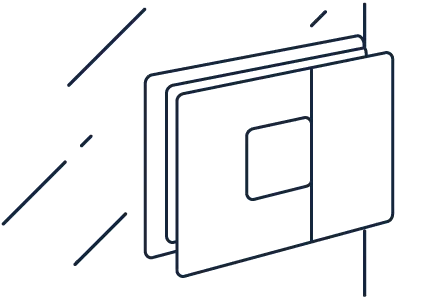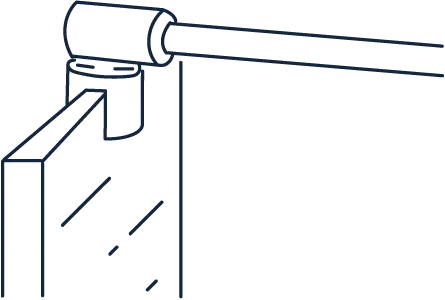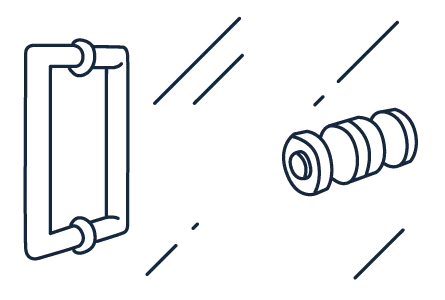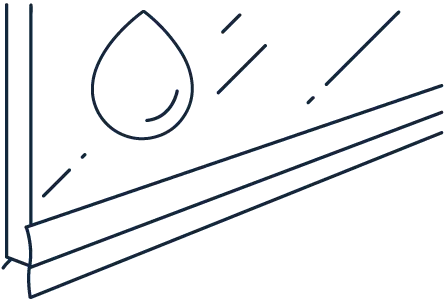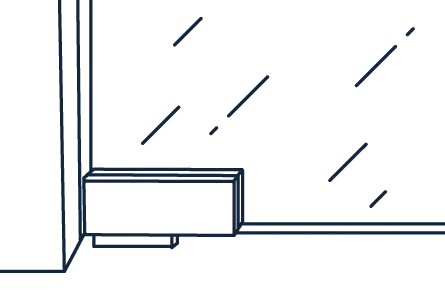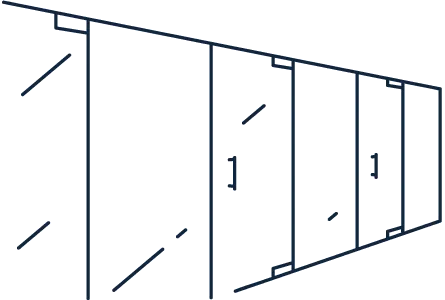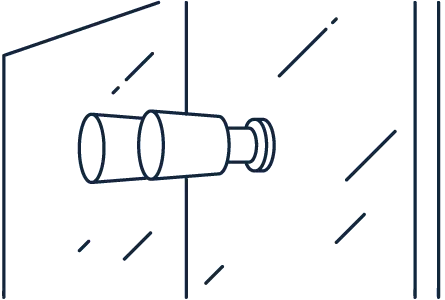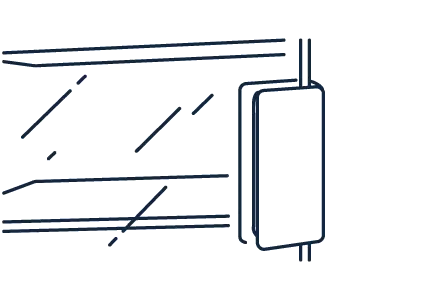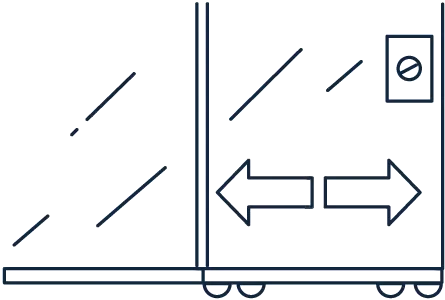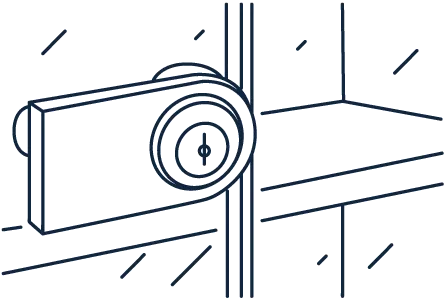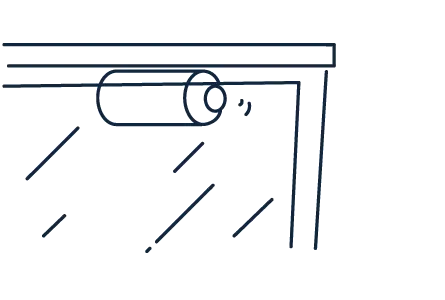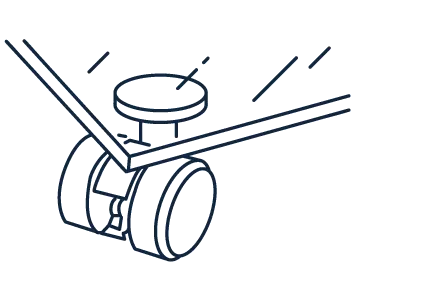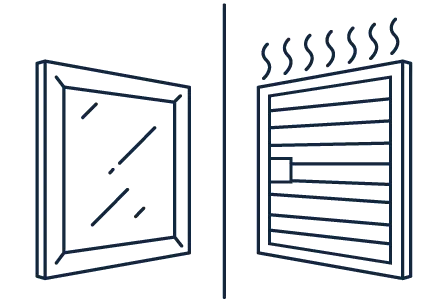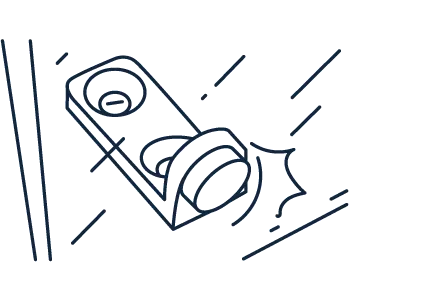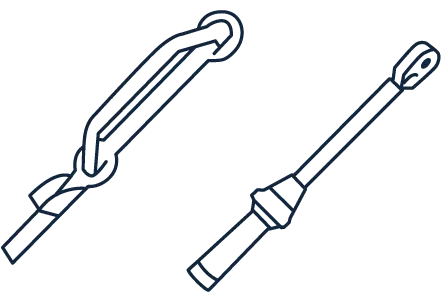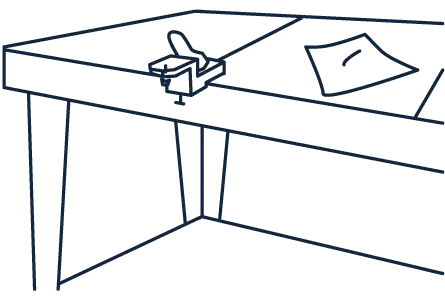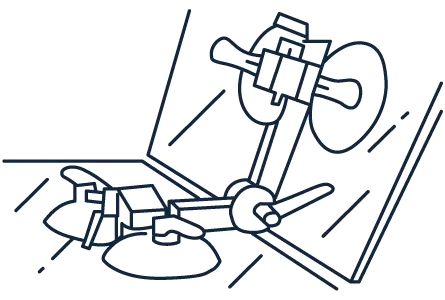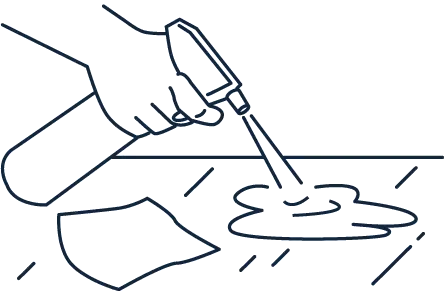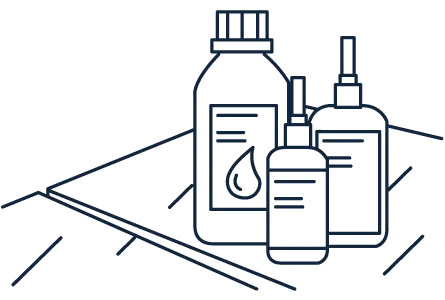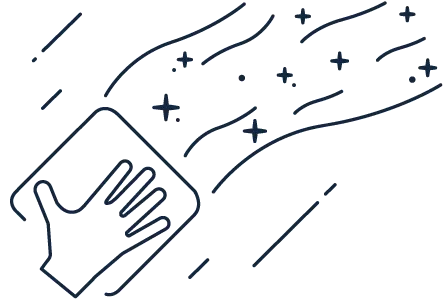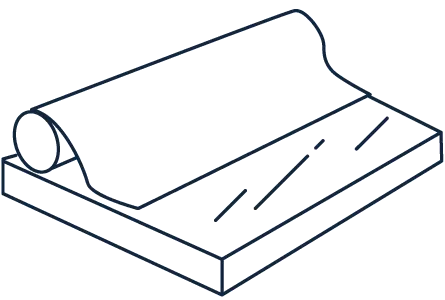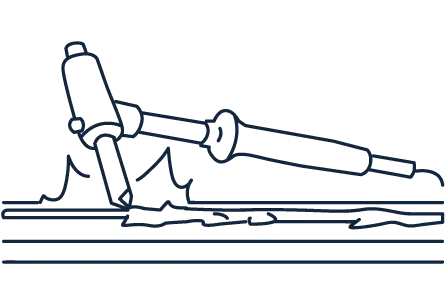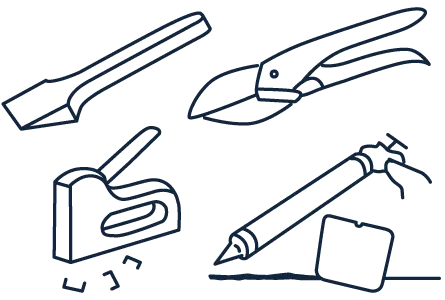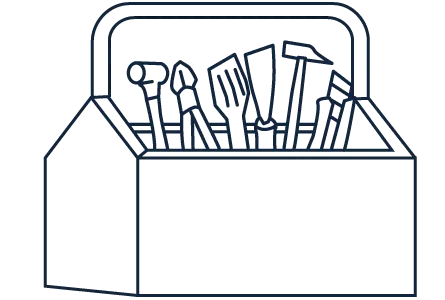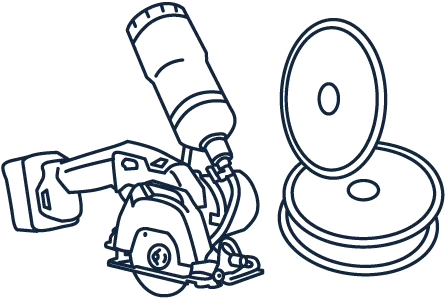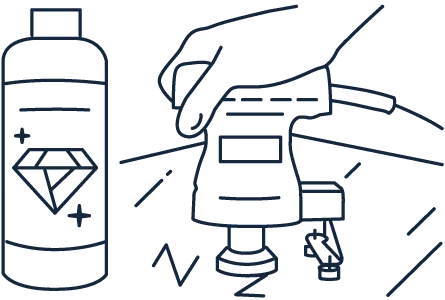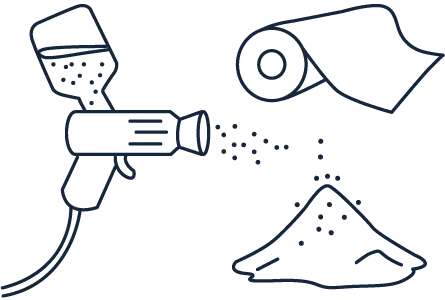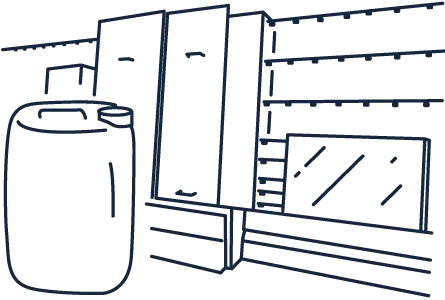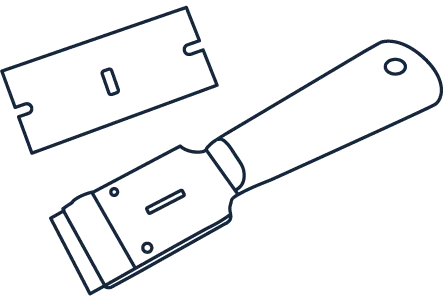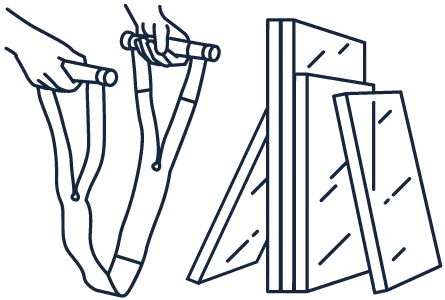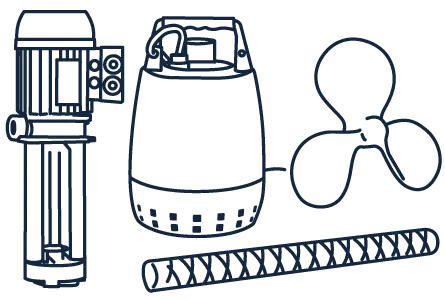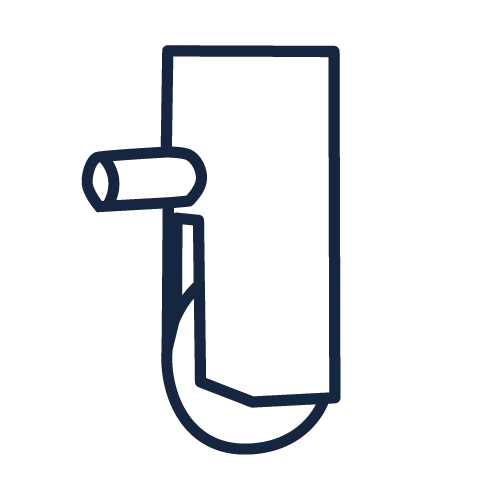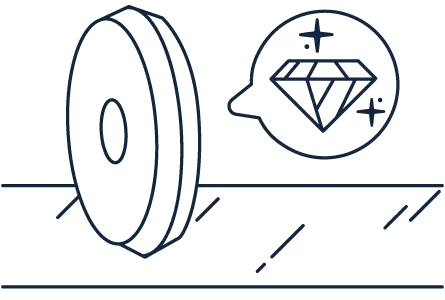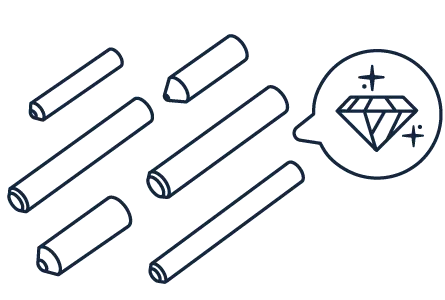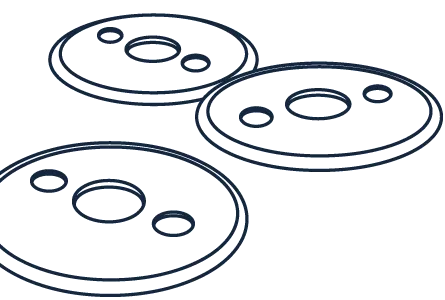Glass connectors
Glass connectors are also known as glass panel connectors. This second term explains the use of the products. Accordingly, a glass connector is suitable for fixing or bridging the straight edges of two glass panes together. This allows large glass surfaces to be created, which can be used functionally and visually in a wide variety of areas.
Filter by
34 articles

- Glass thickness LSG: 10.76 mm
- Glass thickness TSG: 10 mm
- Length: 3,000 mm

- Glass thickness LSG: 10.76 mm
- Glass thickness TSG: 10 mm
- Length: 3,000 mm
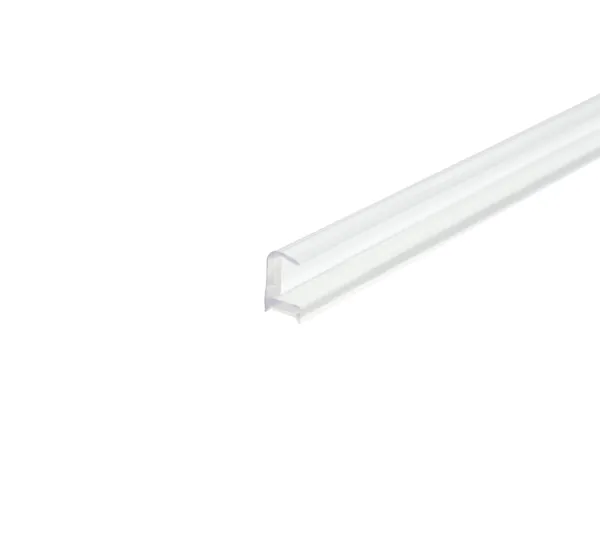
- Glass thickness LSG: 10.76 mm
- Glass thickness TSG: 10 mm
- Length: 3,000 mm

- Glass thickness LSG: 10.76 mm
- Glass thickness TSG: 10 mm
- Length: 3,000 mm

- Glass thickness LSG: 10.76 mm
- Glass thickness TSG: 10 mm
- Length: 3,000 mm

- Glass thickness LSG: 12.76 mm
- Glass thickness TSG: 12 mm
- Length: 3,000 mm

- Glass thickness LSG: 12.76 mm
- Glass thickness TSG: 12 mm
- Length: 3,000 mm

- Glass thickness LSG: 12.76 mm
- Glass thickness TSG: 12 mm
- Length: 3,000 mm
What materials are glass connectors made of?
Different glass connectors are required depending on the area of application. There are models made of aluminium, steel, brass or stainless steel, which have a particularly high-quality appearance and are ideal for outdoor areas or glass showers, etc. When used outdoors, for example in conservatories, glass connectors made of stainless steel and other materials must be able to withstand the weather and temperature fluctuations while still ensuring the stability of a glass construction. Glass connectors made of stainless steel are often replaced indoors by alternatives made of plastic or PET. The focus of these glass connection profiles is primarily on an attractive appearance and easy installation, which is why transparent and self-adhesive options are increasingly being used.
Different glass connectors are required depending on the area of application. There are models made of aluminium, steel, brass or stainless steel, which have a particularly high-quality appearance and are ideal for outdoor areas or glass showers, etc. When used outdoors, for example in conservatories, glass connectors made of stainless steel and other materials must be able to withstand the weather and temperature fluctuations while still ensuring the stability of a glass construction. Glass connectors made of stainless steel are often replaced indoors by alternatives made of plastic or PET. The focus of these glass connection profiles is primarily on an attractive appearance and easy installation, which is why transparent and self-adhesive options are increasingly being used.
Glass panel connectors - what types are there?
Glass panel connectors are available in various shapes so that a wide variety of projects, such as interior partition walls, can be realised. With a glass connector profile at an angle of 90 or 135 degrees, glass parts can be joined together to form corners. In addition to these glass connector variants, there are also elements for 180 degrees, allowing long surfaces to be created, ideal for partition walls. A 3-way joint can also be useful, connecting three glass edges together as a T-piece. There are also transparent glass connection profiles for glass thicknesses of 10 and 12 mm as well as 10.76 and 12.76 mm. Special double-sided adhesive tapes are also used as glass connectors from a glass thickness of 8 mm.
Glass panel connectors are available in various shapes so that a wide variety of projects, such as interior partition walls, can be realised. With a glass connector profile at an angle of 90 or 135 degrees, glass parts can be joined together to form corners. In addition to these glass connector variants, there are also elements for 180 degrees, allowing long surfaces to be created, ideal for partition walls. A 3-way joint can also be useful, connecting three glass edges together as a T-piece. There are also transparent glass connection profiles for glass thicknesses of 10 and 12 mm as well as 10.76 and 12.76 mm. Special double-sided adhesive tapes are also used as glass connectors from a glass thickness of 8 mm.
What are the advantages of a glass connector over silicone?
Glass connectors offer great flexibility in terms of design options without creating messy edges. They are available in different shapes and sizes that allow for different types of connections between two panes of glass without compromising structural integrity. This allows architects and designers innovative possibilities and also facilitates customisation to suit specific needs or preferences. Glass connectors provide additional support for the resulting glass wall, serve as sound insulation and prevent two glass panes from colliding. The connection remains in place even under extreme conditions such as high temperatures or wind. The glass panel connectors are much more resistant than silicone and do not break or crumble. Due to the aspects mentioned so far, glass panel connectors can be used in a wide range of applications. These include interior partition walls, shower partitions and much more. They do not change the overall aesthetics of the construction, as transparent PET solutions are usually found in the interior, which are less conspicuous than silicone and can also be processed more cleanly. Another advantage over a silicone connection is the handling. Installation can be carried out easily and without many tools. Using glass connectors, two panes of glass can be joined together very quickly in a visually appealing way. With silicone, you have to work very precisely right from the start so that there are no impractical gaps and nothing smears. In addition, the silicone must first harden properly.
Glass connectors offer great flexibility in terms of design options without creating messy edges. They are available in different shapes and sizes that allow for different types of connections between two panes of glass without compromising structural integrity. This allows architects and designers innovative possibilities and also facilitates customisation to suit specific needs or preferences. Glass connectors provide additional support for the resulting glass wall, serve as sound insulation and prevent two glass panes from colliding. The connection remains in place even under extreme conditions such as high temperatures or wind. The glass panel connectors are much more resistant than silicone and do not break or crumble. Due to the aspects mentioned so far, glass panel connectors can be used in a wide range of applications. These include interior partition walls, shower partitions and much more. They do not change the overall aesthetics of the construction, as transparent PET solutions are usually found in the interior, which are less conspicuous than silicone and can also be processed more cleanly. Another advantage over a silicone connection is the handling. Installation can be carried out easily and without many tools. Using glass connectors, two panes of glass can be joined together very quickly in a visually appealing way. With silicone, you have to work very precisely right from the start so that there are no impractical gaps and nothing smears. In addition, the silicone must first harden properly.
How is a glass connector installed?
The installation of glass connection profiles requires minimal effort. The two panes of glass to be joined must be aligned correctly before they are fixed in place with the appropriate profiles. Fastening is very straightforward, as the glass is simply inserted into the required self-adhesive glass connection profiles. If suitable double-sided adhesive tape is used for this purpose, it is applied to one edge of the glass using an applicator, then the adhesive strip on the second side is removed and the second piece of glass is pressed against the adhesive side. Once correctly applied, glass panel connectors ensure a strong hold between two panes of glass without the need for additional tools or materials. They then provide years of reliable service.
The installation of glass connection profiles requires minimal effort. The two panes of glass to be joined must be aligned correctly before they are fixed in place with the appropriate profiles. Fastening is very straightforward, as the glass is simply inserted into the required self-adhesive glass connection profiles. If suitable double-sided adhesive tape is used for this purpose, it is applied to one edge of the glass using an applicator, then the adhesive strip on the second side is removed and the second piece of glass is pressed against the adhesive side. Once correctly applied, glass panel connectors ensure a strong hold between two panes of glass without the need for additional tools or materials. They then provide years of reliable service.
You are currently on the website of Bohle United Kingdom.
Instead, would you like to go to Bohle ?






